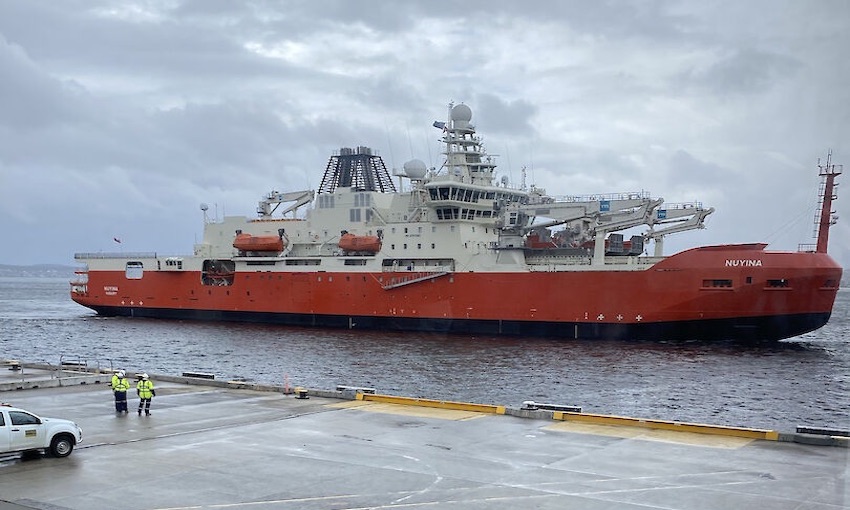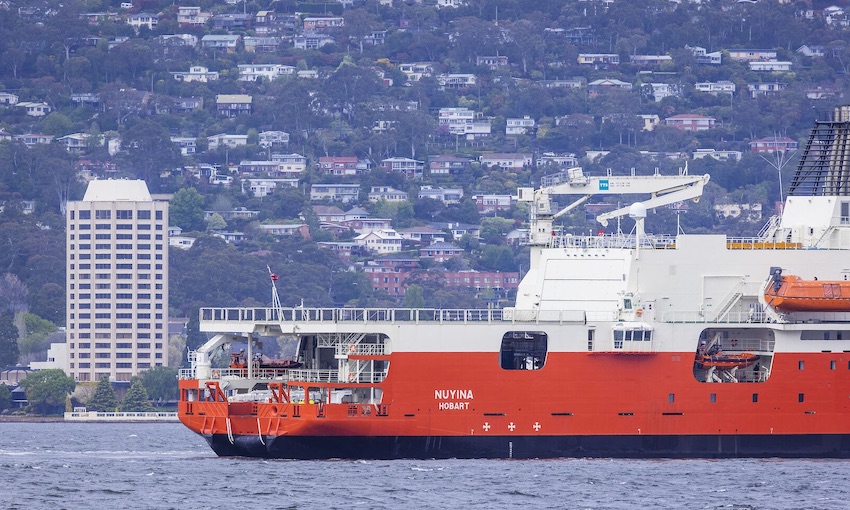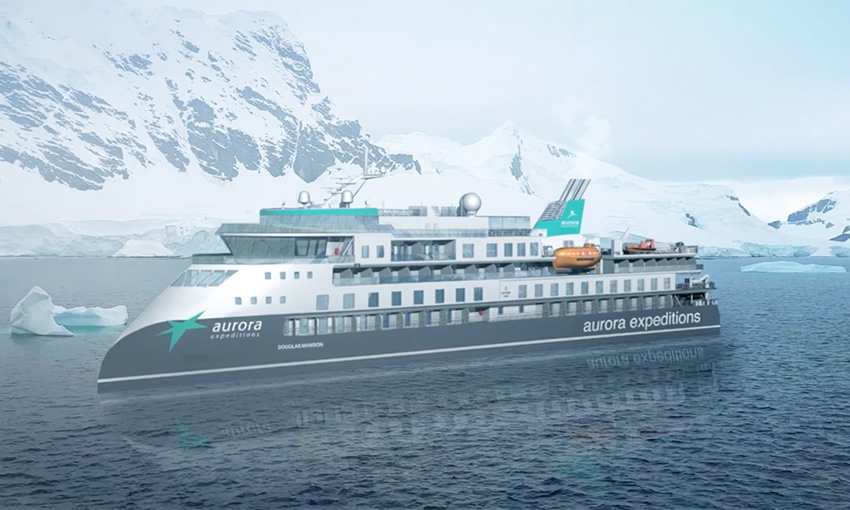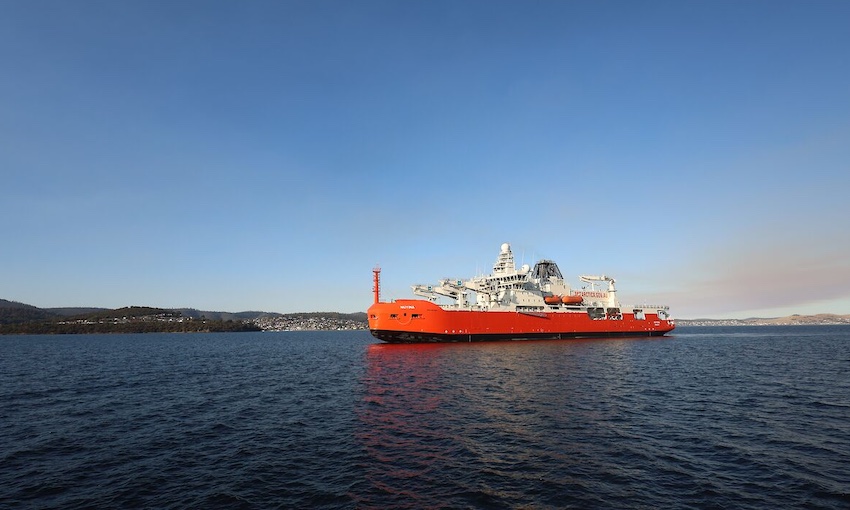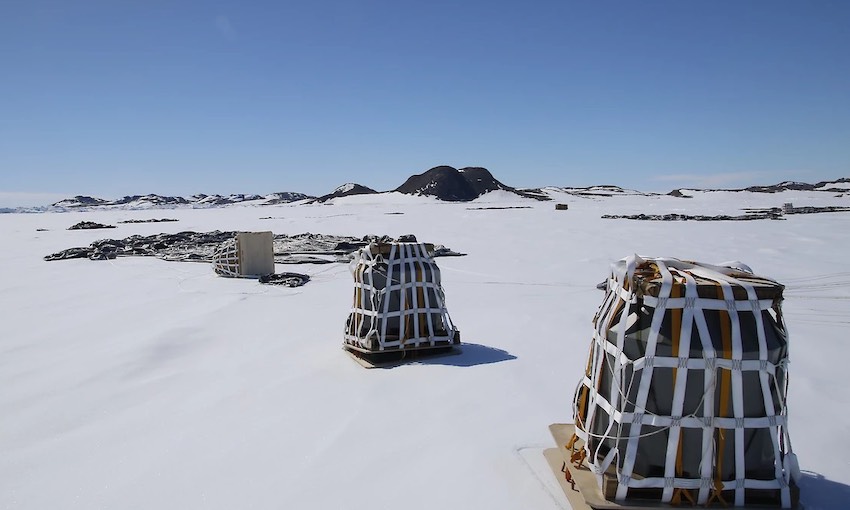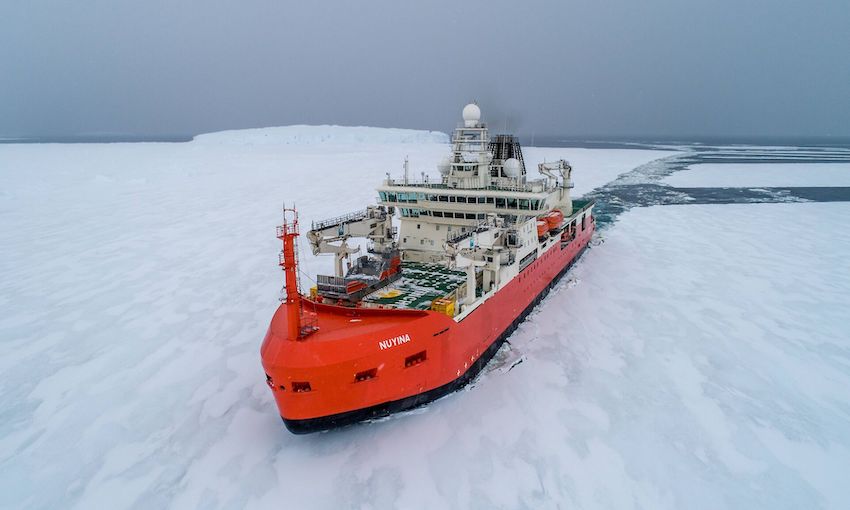THE ship that will support the cutting-edge science of the Australian Antarctic Program and resupply Australia’s stations for the next 30 years, RSV Nuyina, arrived at its new home port of Hobart on 16 October.
TasPorts chief Anthony Donald said the arrival of the vessel is an exciting milestone for the port which has a proud legacy of being the home port for the Australian Antarctic Division’s research vessels.
“RSV Nuyina’s predecessor Aurora Australis was an icon of Hobart’s landscape for 30 years and while we were sad to see her go in December last year, we’re looking forward to this new vessel becoming a familiar sight at the Port of Hobart for the next generation,” Mr Donald said.
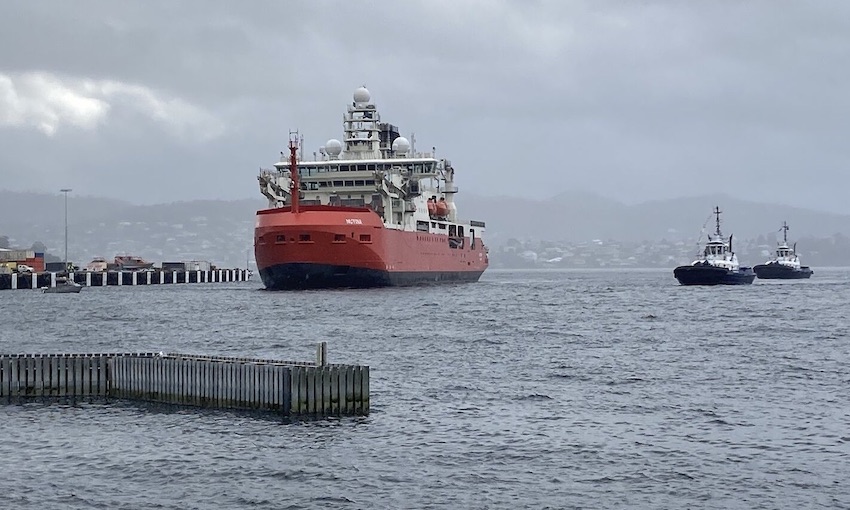
“The Port of Hobart is the international gateway to the Southern Ocean, actively supporting world-class exploration and scientific research.
“Each and every year we proudly welcome international expedition ships from countries including China, France and Japan. It is only fitting that the Australian program is based here.”
In preparation for the arrival of the icebreaker vessel, TasPorts and the Australian Antarctic Division jointly invested $3 million in infrastructure upgrades at the Port of Hobart with the installation of new bollards and fenders at Macquarie Wharf 6 to ensure the berth’s suitability for the 160-metre vessel.
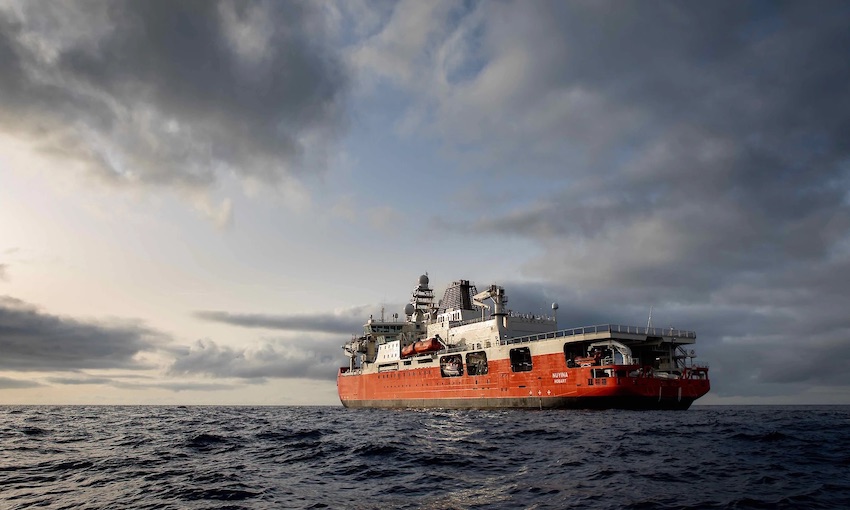
Alongside this, TasPorts continues to support AAD in ascertaining the most efficient refuelling options for the vessel at the port.
“One option is to undertake refuelling at the Self’s Point Fuel Terminal Facility which requires transit under the Tasman Bridge. This is a highly complex transit and requires appropriate due diligence and risk assessment,” Mr Donald said.
“RSV Nuyina has been designed to meet the bespoke needs of AAD, resulting in the vessel having a higher degree of windage – that is the surface area of the ship that is exposed to the force of wind.
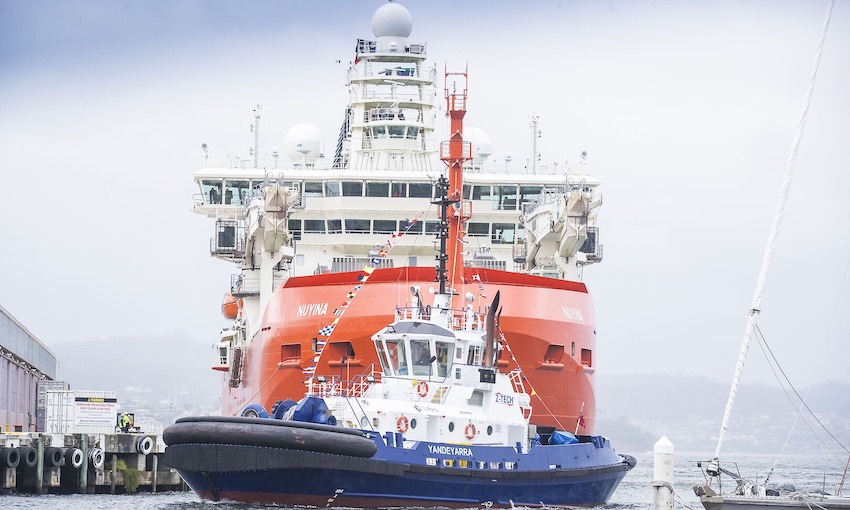
“It is critical that we understand how the vessel will respond in a range of conditions that will then determine appropriate safe operating parameters for a bridge transit. This work is highly complex and takes time.
“TasPorts is committed to upholding the highest standards of maritime safety and will continue to work collaboratively with the AAD as risk assessments continue and determinations are made regarding the most appropriate and efficient refuelling option for the new icebreaker at the Port of Hobart,” Mr Donald said.
Longer term, TasPorts is pursuing a growth agenda for the Port of Hobart and earlier this year announced a major multi-million-dollar initiative to redevelop Macquarie Wharfs. The initiative was subsequently included on Infrastructure Australia’s Priority List 2021 signalling its national significance.
“The initiative will actively support world-class Antarctic exploration and scientific research whilst also enabling growth in well-established key trade areas over a 30-year horizon,” Mr Donald said.
